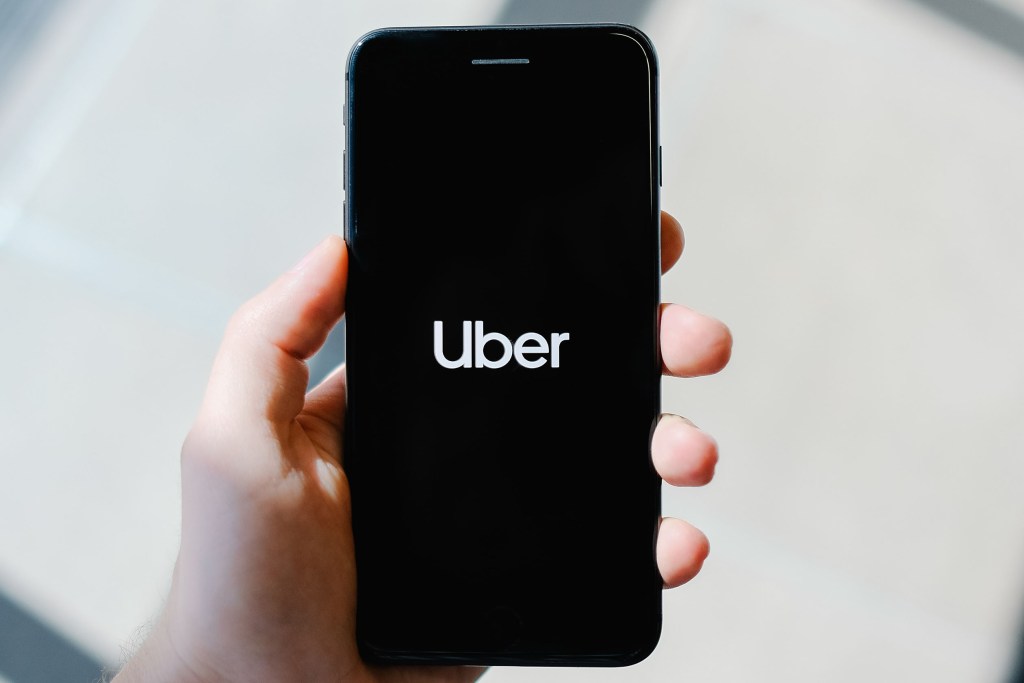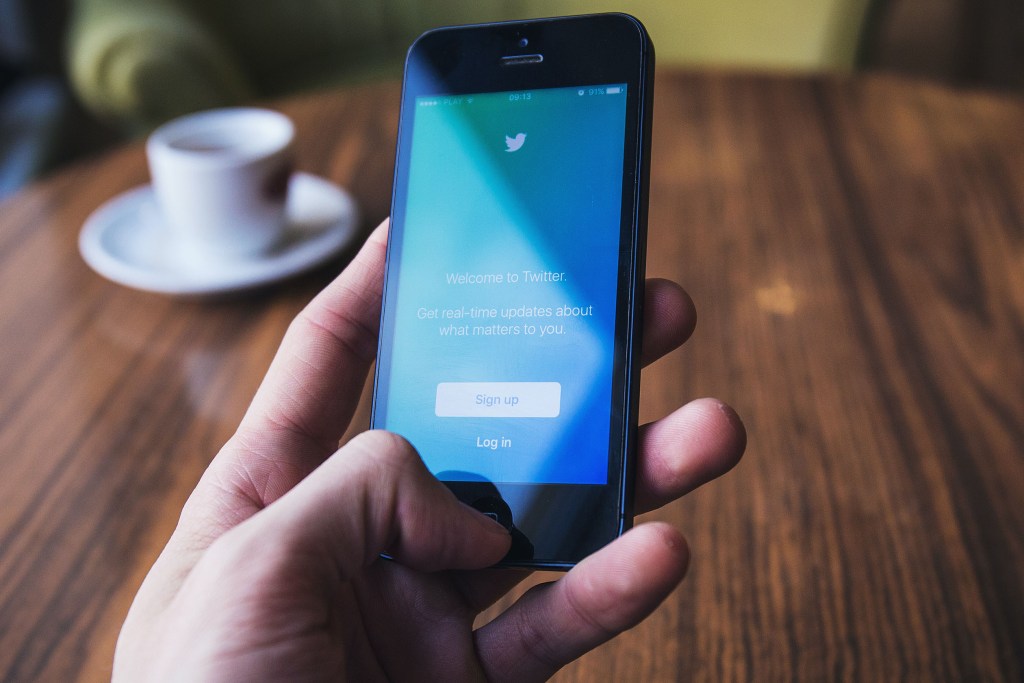As the saying goes, “all publicity is good publicity.” But in the Twitterverse, does this adage still hold true? Now more than ever, people are turning to social media to air their grievances against companies.
According to the 2020 National Consumer Rage Study, the number of people who complain on digital platforms instead of the phone or in-person has tripled over the past three years. And people around the world seem to have a lot to complain about, especially on Twitter! The product review blog Rave Reviews compiled social media data to determine which companies get the most complaints online. Keep reading to discover the top 10 most hated brands on Twitter, the study that revealed this information, and how your negative tweets can impact a business.

How was the data collected?
Before we reveal the top 10 most-hated brands in the U.S, let’s take a look at how this data was found. The blog Rave Reviews used SentiStrength, a social media sentiment analysis tool, to investigate over a million tweets about 100 of the largest global brands. A company is considered a popular global brand based on the search volume on Google. The researchers then looked at the percentage of negative tweets each business received and ranked the brands based on location and category. The results vary by region; we’re going to focus on the overall most-hated brands in the U.S. You can view all the results, broken down by country or U.S. state, on Rave Reviews.

Top ten most complained about brands in the U.S.
- Uber — 48.35%
- LEGO — 46.43%
- Sony — 43.86%
- Microsoft — 41.57%
- Netflix — 39.87%
- Red Bull — 37.19%
- Nestle — 37.07%
- ESPN — 36.84%
- Toyota — 36.75%
- Tesla — 36.43%
Yes, Uber is the most-hated company on Twitter, with almost half of the tweets about them being negative. Most of these complaints focused on feeling unsafe using the service, expensive rates, smelly cars, and other unprofessional behaviors. For LEGO, the second least popular company, many of the tweets were about missing pieces, high prices, and how painful it is to step on a LEGO brick when barefoot.
When looking at this data, it’s crucial to remember that people are much more likely to tweet about a bad experience than a good one. Plus, bigger companies with global audiences typically get more attention on Twitter. This data doesn’t imply that these businesses are worse than any others, simply that they receive a higher proportion of complaints than other popular brands.

Your voice does make a difference
According to the Consumer Rage Study, nearly half of American consumers rely on social media to evaluate others’ opinions on and experiences with a brand. This is a concept known as social proof, which essentially means if someone you trust likes something, you believe you’ll like it too. This social proof is often an essential factor to consider when deciding which business to patronize. Thanks to social media, people’s opinions of companies are more public than ever. And, as mentioned, a lot of those public opinions are likely to be negative.
Your Twitter complaint about a company has the power to sway the decisions of others and convince them to take their business elsewhere. On top of that, when a brand responds to your negative tweet, they run the risk of doing real damage to their company. A study from the Harvard Business Review found that when businesses publicly respond to negative tweets more frequently, they experience a reduction in brand image and a drop in stock price. Interacting with unhappy customers draws more attention to the criticisms and transforms their profiles into a feed of negativity.
Despite all of this, the most hated brands in the country still remain some of the most popular. LEGO, Sony, Microsoft, and Netflix all experienced increases in revenue during 2020. Uber was the only one of the top five that saw a dip in global net revenue. This, however, is more likely due to a decrease in demand during the Covid-19 pandemic, not Twitter. It seems that all these negative tweets don’t have much of a tangible impact on these businesses’ bottom lines.
BlissMark provides information regarding health, wellness, and beauty. The information within this article is not intended to be medical advice. Before starting any diet or exercise routine, consult your physician. If you don’t have a primary care physician, the United States Health & Human Services department has a free online tool that can help you locate a clinic in your area. We are not medical professionals, have not verified or vetted any programs, and in no way intend our content to be anything more than informative and inspiring.



